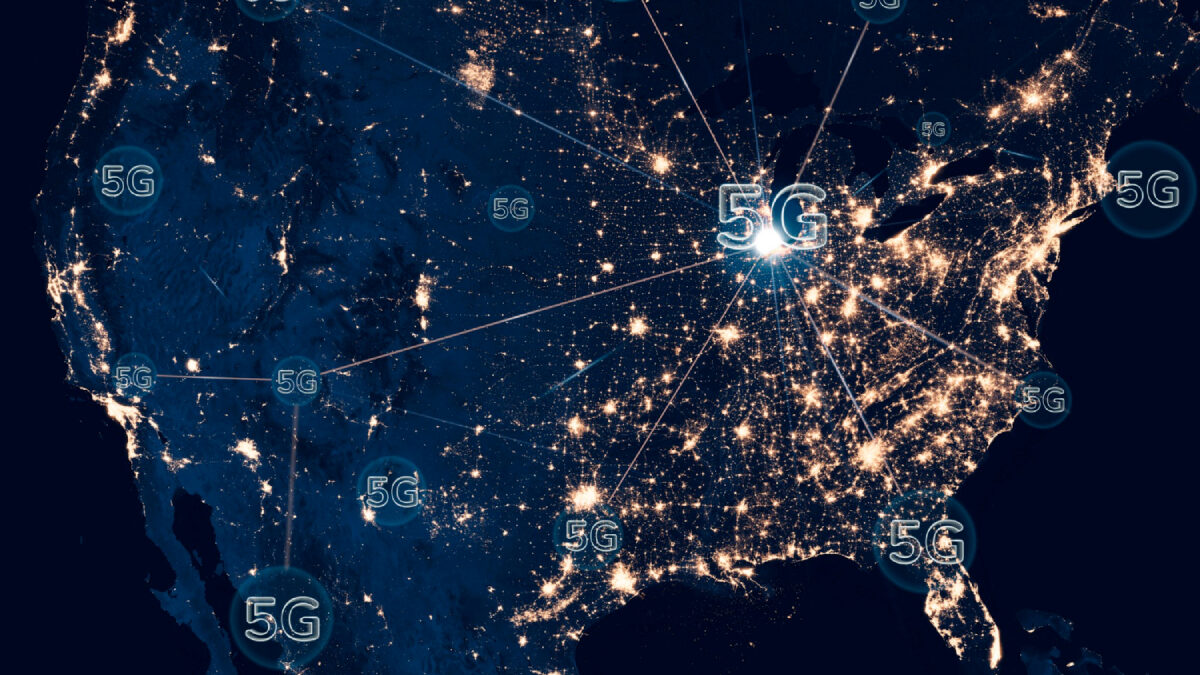Have you ever thought about the importance of your phone’s coverage network? Your coverage network holds the key to seamless communication, letting you connect anytime, anywhere.
In the expansive world of mobile networks, the key players are Global System for Mobile Communications (GSM) and Code Division Multiple Access (CDMA). GSM has become the global standard, adopted by about 80% of carriers worldwide.
The GSMA, or Groupe Speciale Mobile Association, underpins GSM. It represents mobile operators globally and drives innovations that shape the future of mobile communications. This guide explains what makes a network stand out and how to find affordable phone plans that really work.
Table of Contents
In the World of Phone Networks: GSM vs CDMA
When it comes to phone networks, there are two main players: GSM and CDMA. Think of them like two distinct languages spoken by mobile phones and carriers to communicate with each other. Each one has its unique advantages and considerations.
GSM, a European standard, has taken on a global outlook and is used by about 80% of carriers worldwide. It operates at four different frequency bands, and its SIM card-based system makes changing and upgrading phones easier than CDMA.
On the other hand, CDMA, mainly adopted in North America, operates on one frequency band. As it doesn’t use SIM cards, swapping phones can be a bit of a challenge.
The GSMA is behind much of GSM’s technology. Think of GSMA as the Avengers of the mobile world, protecting your right to send memes, stream videos, and Google random facts at any moment.
GSMA brings together the strengths of nearly 750 mobile operators and around 350 companies from the broader mobile ecosystem, including device makers, software companies, and internet firms. Its role is only to shape the future of the telecom industry, ensuring accessibility, affordability, and quality of coverage networks.
What Does GSMA Bring to the Table?
One key benefit of being a GSMA Coverage Network subscriber is the substantial worldwide coverage. Operating in over 220 countries, the GSM network outshines CDMA when it comes to international roaming capabilities.
This makes it a top choice for travel enthusiasts or expatriates living in various countries, as it ensures their social media feed stays up-to-date no matter the location. GSMA’s universal acceptance also means that users have a wide range of devices to choose from.
Thanks to the SIM-based system, switching phones is as simple as changing your socks. This fosters greater flexibility and competition among manufacturers, leading to better options for consumers and subsequently encouraging affordable phone plans.
GSM coverage networks are also known for their enhanced voice clarity and quality, and don’t forget about high-speed data transfer via General Packet Radio Service (GPRS) and Enhanced Data Rates for GSM Evolution (EDGE). This means you can watch cat videos without buffering and carry out smooth-as-silk video chats.
Choosing the right coverage network isn’t just about saving a few bucks; it’s about ensuring you’re always connected. The GSMA coverage network is a strong contender, providing extensive worldwide coverage, vast device options, and high-quality calls and data transmission.
The Future of Mobile Networks and GSMA
As you consider GSMA and the future of mobile networks, you might find it exciting that GSMA is catalyzing the industry’s move towards 5G. This isn’t just faster internet speeds. It’s about a paradigm shift in how users relate to their digital universe.
GSMA’s 5G vision entails an entirely interconnected world where everything from cars to appliances speaks the same digital language. GSMA isn’t just focused on the future — it’s shaping it.
It is pioneering the ambitious Mobile Connect project, an effort toward digital identity that simplifies and unifies online authentication worldwide. This means increased convenience and signals a potential decline in data prices, paving the way for even more affordable phone plans.
Understanding the GSMA Coverage Network
The GSMA coverage network is more than just the invisible infrastructure that keeps you connected. It’s a global effort to create a future where everyone, regardless of location or circumstance, can access mobile services affordably and without compromise.
Choosing an affordable phone plan involves investing in a coverage network that assures reliability and quality, a network that reaches out to you wherever you are. The GSMA coverage network might just be the key to ticking all these boxes. It continues to innovate and represent operator interests, ensuring you get the most bang for your buck.

